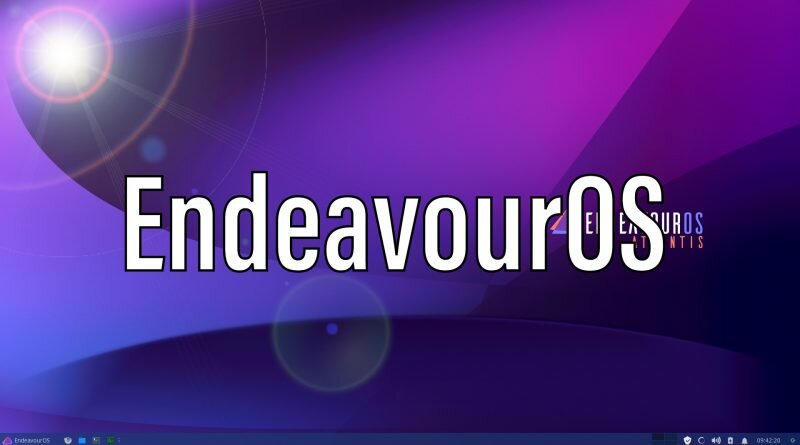EndeavourOS Atlantis | One Of The Best Arch Based Distros
EndeavourOS is an Arch based distribution that continues in the same vein as the discontinued Antergos. It’s a self described “terminal centric” distro and as such guides users through tasks such as managing packages and updates via the command line. Its flagship desktop is a nicely modified XFCE session. If XFCE isn’t your thing, choosing the ‘online’ method in Calamares during installation gives you the choice of other desktops such as MATE,KDE, i3 etc.
Endeavour have just released their latest new version which they have named ‘Atlantis’. This new update mainly focuses on technical improvements over recent versions. If you would like to learn more about the changes made in this release click here. One thing that was mentioned in the release notes for Atlantis is that there is no longer an issue when installing both XFCE and i3. So with that in mind I booted into the live ISO which was around 1.9GB in size. I chose the online method so I could install both XFCE and i3 with the EndeavourOS theming. Installation was simple and opened a handle little install log in a terminal window. As far as file systems it defaults to ext4 but also has good BTRFS support which is my preferred file system. Installation was complete in under 10 minutes on my machine.
Upon booting into the desktop for the first time you’ll be greeted with their Welcome screen. Here you can do common tasks like system maintenance, check for updates, install alternative applications etc. As previously mentioned Endeavour prefers users to manage and install new packages via the terminal. To expand the packages available to users you’ll find ‘yay’ is installed out of the box. This gives users full access to the AUR (Arch User Repository) which includes a vast number of packages and applications. This should be enough for most users to find the applications they need. You won’t find support for things like Flatpak or Snap installed out of the box.
The XFCE session is light and fun to use and consumes just a little over 500MB on a fresh boot. You’ll find the default application set will be enough to get most users up and running. They don’t include an Office suite of applications out of the box but they have an easy option to install LibreOffice from the Welcome screen. Now for the most part I’m more than happy to manage my packages via the command line. There are times though when I just want to browse an Application Centre. I decided to install the Pamac GUI which installed without any issues whatsoever.
As I chose BTRFS as my file system I wanted to see if it was set up to work out of the box with Timeshift. After installing Timeshift from the AUR and running through the instal set up BTRFS snapshots were working flawlessly.
After I finished checking out the XFCE session it was time to jump over into i3. Booting into their i3 session for the first time will open up Firefox onto a github page that includes a few steps to force a user to interact with their i3 config file. I really like this approach to get a first time user used to how i3 works. Much like their XFCE session their i3 is styled nicely and is sleek and snappy to use. The RAM usage this time was fairly lighter than when we were in the XFCE session. On a fresh boot it weighed just a little over 300MB.
All in all I’m very happy with the direction that EndeavourOS is going and would definitely recommend it to users who want a fast and light Arch based distro. What do you think of EndeavourOS? Let me know in the comments below!
